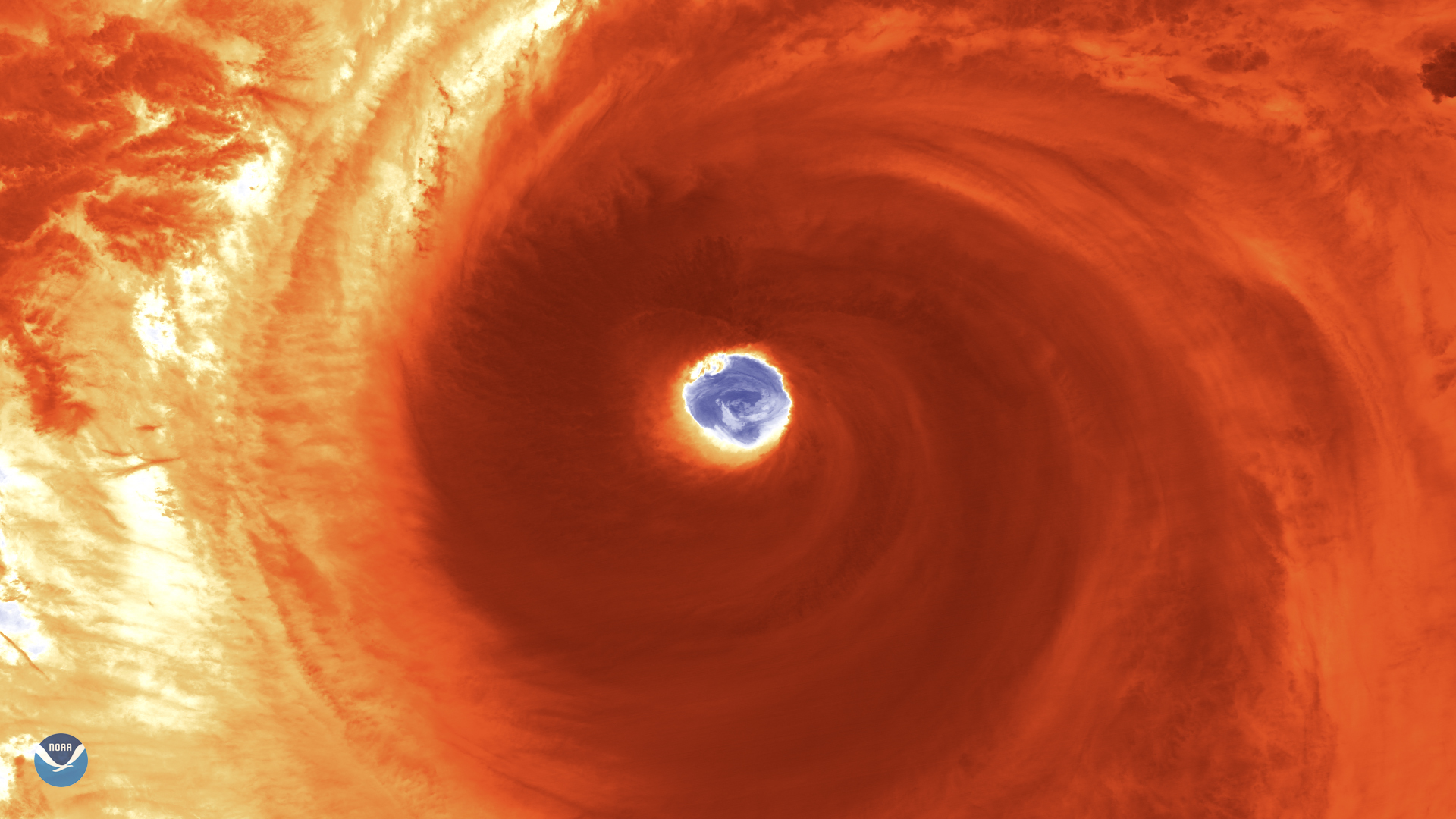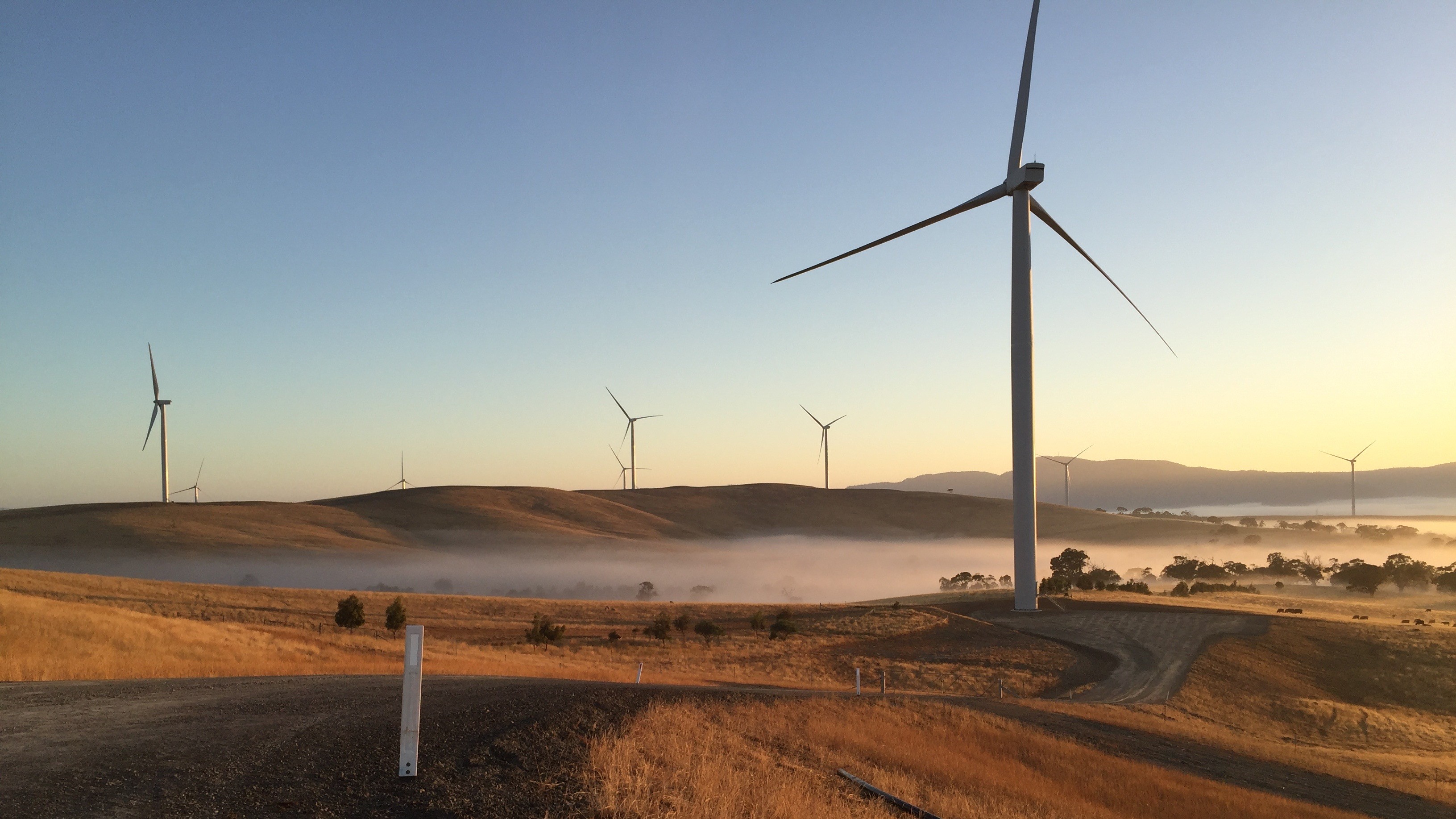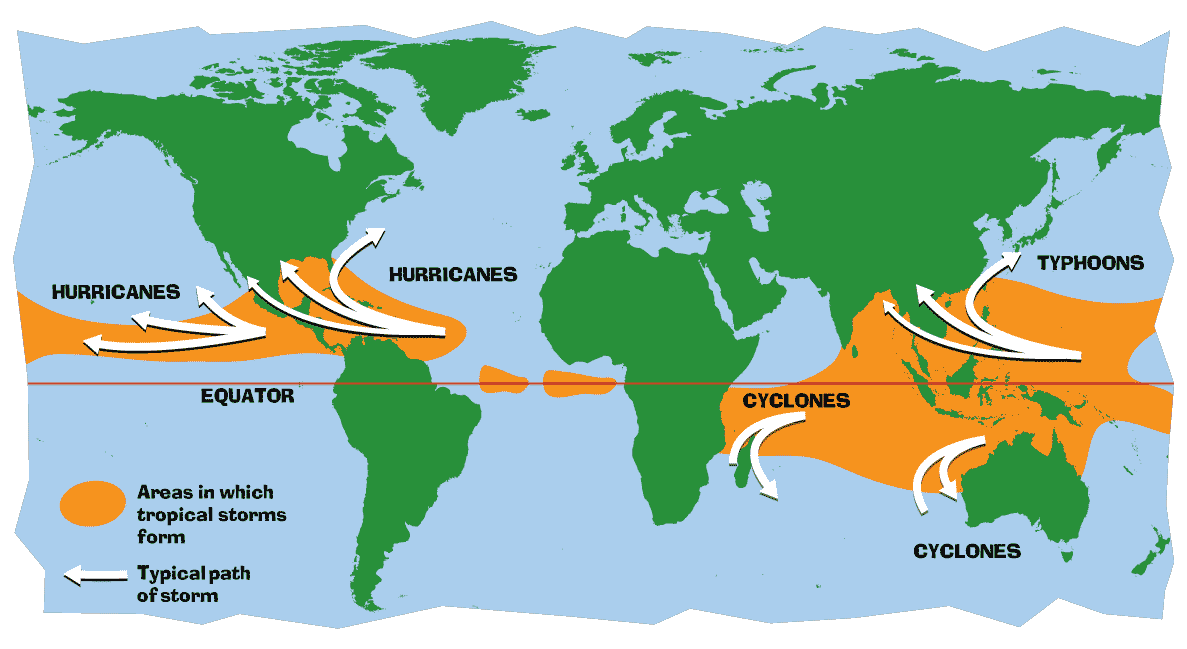Super Typhoon Hagibis: could new tech turn Japan’s super storms into 50 years of power?
Magnus VAWT tech could capture energy from typhoons, hurricanes and cyclones

Japan is bracing itself for a super typhoon this weekend that some are calling the most powerful storm in the world. It’s causing havoc at the Rugby World Cup and Japanese Grand Prix despite not yet making land.
A coming violent typhoon is a time for fear and anxiety, but from next year an event like Super Typhoon Hagibis could be a great opportunity. New technology is coming online that won’t deflect powerful typhoons, but instead milk their incredible energy.
Could a new kind of ‘typhoon turbine’ be about to solve Japan’s energy crisis?
What is Super Typhoon Hagibis?
‘Typhoon’ and ’hurricane’ are simply local names for the same thing: tropical cyclones. Arriving in the wake of September’s Typhoon Faxai, which hit Tokyo and killed three people, Super Typhoon Hagibis is three times stronger and now a Category Five hurricane-force typhoon. It’s also bound for the capital.
Expected to be the worst typhoon since Typhoon Ida, which left 1,269 dead in 1958, Typhoon Hagibis surprised meteorologists this week in taking only 18 hours to reach ‘super typhoon’ status, hence the name; hagibis means speed in Filipino. Heavy rain, gale-force winds, high waves, storm surges and flooding are likely from its 270 kmph/168 mph winds. You can follow its progress here.

Why do we need to capture energy from typhoons?
Could a typhoon’s incredible energy be harnessed to power the homes of Japan’s 127 million people? It’s potentially a massive prize; in any one year tropical cyclones represent energy equivalent to about half the world-wide electrical generating capacity.
Japan’s Ministry of Land, Infrastructure, Transport and Tourism estimates that the energy of one large typhoon is equivalent to about 50 years of Japan's total power generation. Cue Magnus VAWT, which from 2020 could begin to capture the energy from Japan’s frequent typhoons – even a Category Five typhoon like Hagibis.
Sign up for breaking news, reviews, opinion, top tech deals, and more.
What is Magnus VAWT?
The product of a Japanese start-up called Challenergy, technology called the Magnus Vertical Axis Wind Turbine (VAWT) could make use of those damaging winds. Instead of the traditional propellers found on regular wind turbines, Magnus VAWT has a rotating cylinders that power a vertical-axis generator. It relies on the ‘Magnus effect’, a phenomenon that explains why air curves when passing by a spinning object. A Magnus VAWT turbine consequently has three vertical cylinders that rotate around a vertical axis to generate power. It’s already been tested in Nanjo City in Okinawa, Japan, where it withstood wind speeds of 225kph/140mph.
Although they’re don’t appear to be as efficient as regular wind turbines, if Magnus VAWT turbines can capture even some of the kinetic energy from a typhoon, that won’t matter.
What's wrong with traditional wind turbines?
Regular wind turbines have propellers. They work fine in most scenarios, but during typhoons they can be dangerous and the propellers can break. Consequently, they’re often switched off when a typhoon is approaching. It’s one of the reasons why wind power hasn’t caught on in Japan, though the mountainous terrain is also a factor.
While global wind power capacity is now more important than the nuclear power industry, Japan has very few wind turbines and the Japanese government is aiming for it to account for a mere 1.7% of electricity production by 2030.

Can't we just make stronger wind turbines?
GE Renewable Energy is working on stronger wind turbines specifically for the typhoon zone. However, its current product, the 4.2-117, can withstand 205 kmph/128 mph winds. That wouldn’t be enough to cope with Super Typhoon Hagibis.
Why this innovation is timely in Japan
Magnus VAWT is a timely innovation, and not just because of Japan’s ongoing typhoons. Ever since the Tōhoku earthquake and 15-metre tsunami in 2011 and the resulting accident at Fukushima, Japan has turned its back on nuclear power and dreams of a carbon-free hydrogen society.
It’s possible that Magnus VAWT turbines could harness the energy of a typhoon to power the electrolysis of seawater, which splits water into hydrogen and oxygen, thereby generating hydrogen gas. Such electrolysis using solar power was achieved earlier this year.

Could Magnus VAWT be used all over the globe?
Japan, the Philippines and China are the most obvious places to begin with. They’re both regularly hit by tropical cyclones that form in the western Pacific Ocean between May and October.
First up for Magnux VAWT turbines is the Philippines, where Challenergy will build its typhoon-proof turbines on some of the country’s 7,000 remote, energy-poor islands that often take direct hits from typhoons, so until now have held off on installing wind turbines.
Like any wind turbine, the amount of energy a Magnus VORT turbine can produce depends on its size. With one eye on small, remote island communities to prove its technology, Challenergy intends to produce 50 small Magnus turbines, each with 10 kilowatts of capacity, in 2020.
In its early years, the tech’s potential to bring power to non-electrified areas in emerging countries is at least as important as its typhoon-proof design; Magnus VAWT turbines will have to prove themselves at small scale before they can be used en masse in Japan.

However, if these new turbines catch on and begin to tap the energy of typhoons, there could be an issue with energy storage. Someone call Elon Musk…

Jamie is a freelance tech, travel and space journalist based in the UK. He’s been writing regularly for Techradar since it was launched in 2008 and also writes regularly for Forbes, The Telegraph, the South China Morning Post, Sky & Telescope and the Sky At Night magazine as well as other Future titles T3, Digital Camera World, All About Space and Space.com. He also edits two of his own websites, TravGear.com and WhenIsTheNextEclipse.com that reflect his obsession with travel gear and solar eclipse travel. He is the author of A Stargazing Program For Beginners (Springer, 2015),